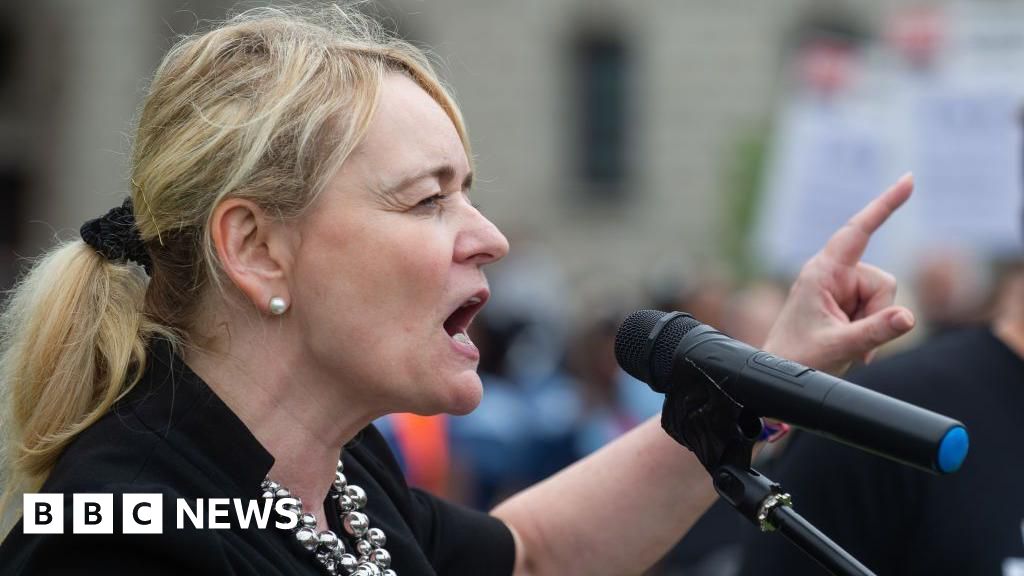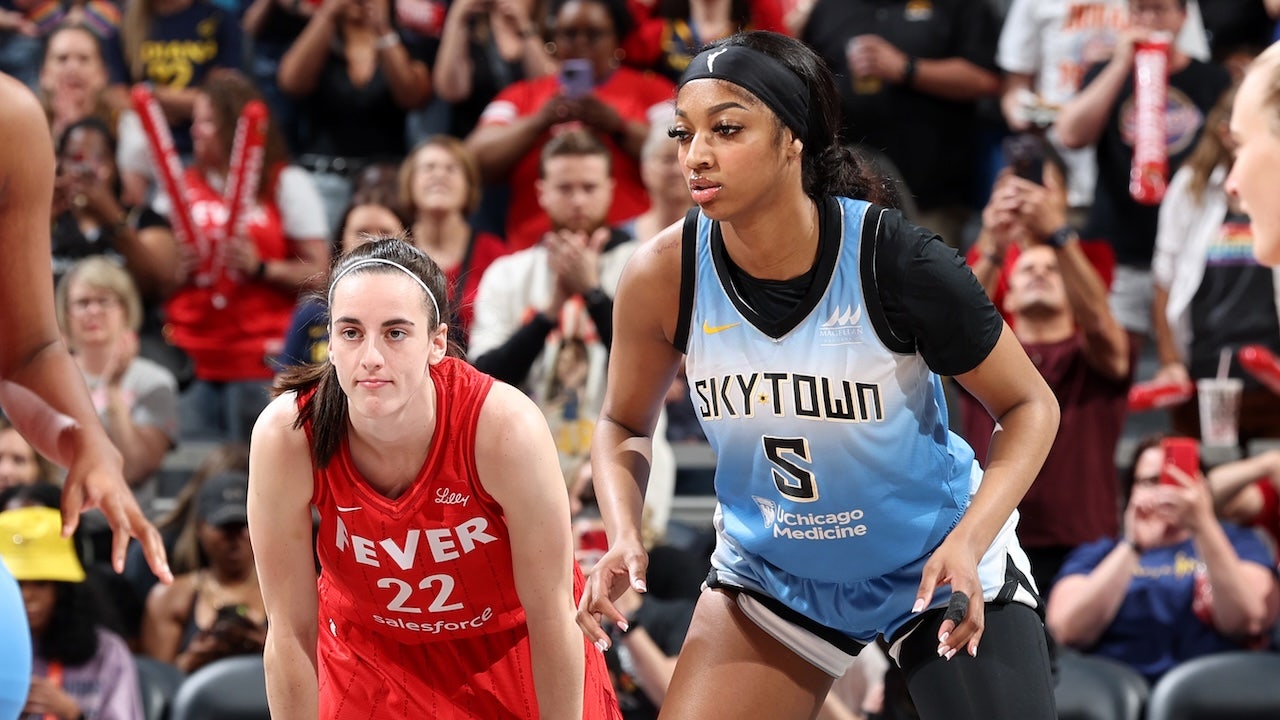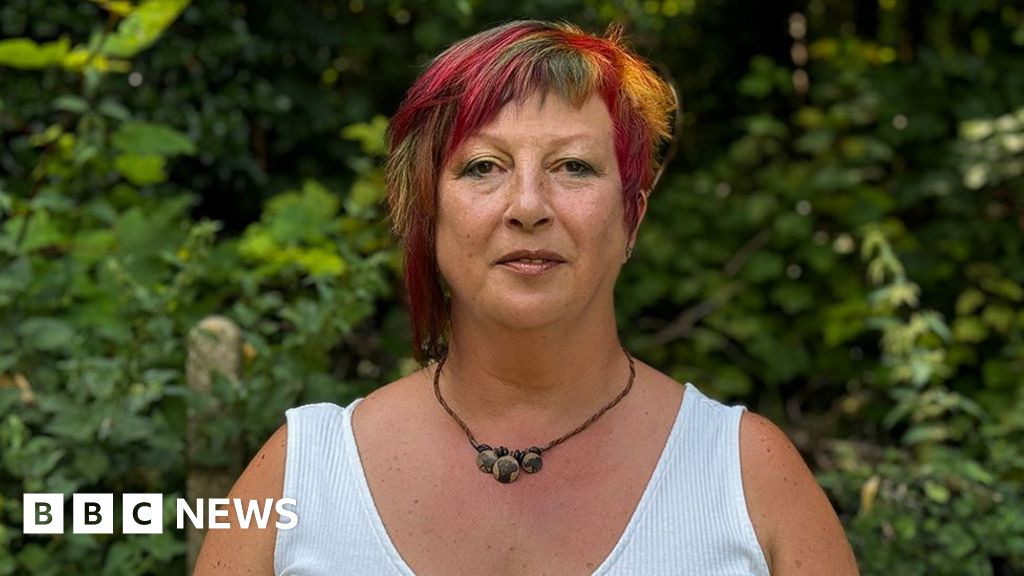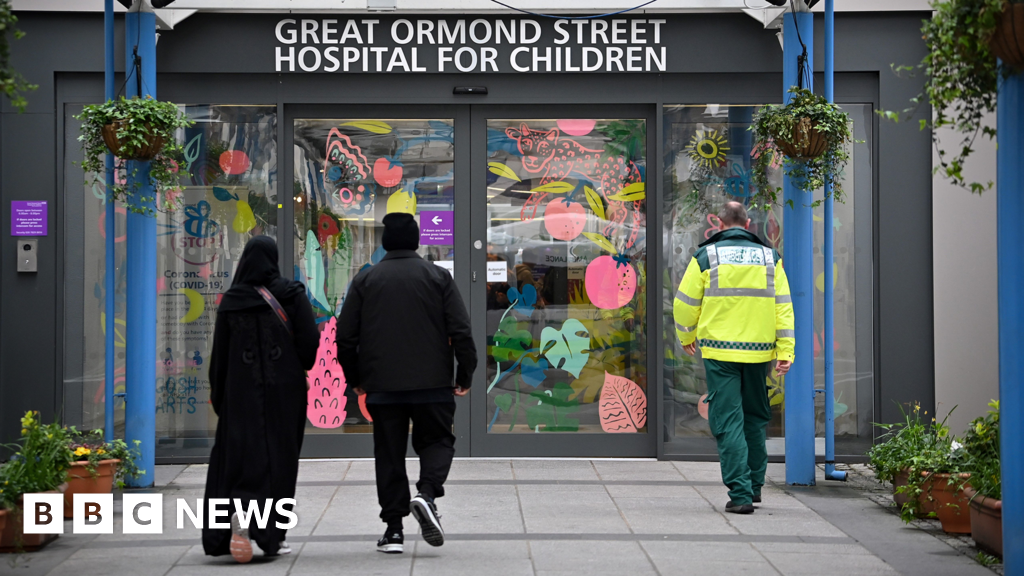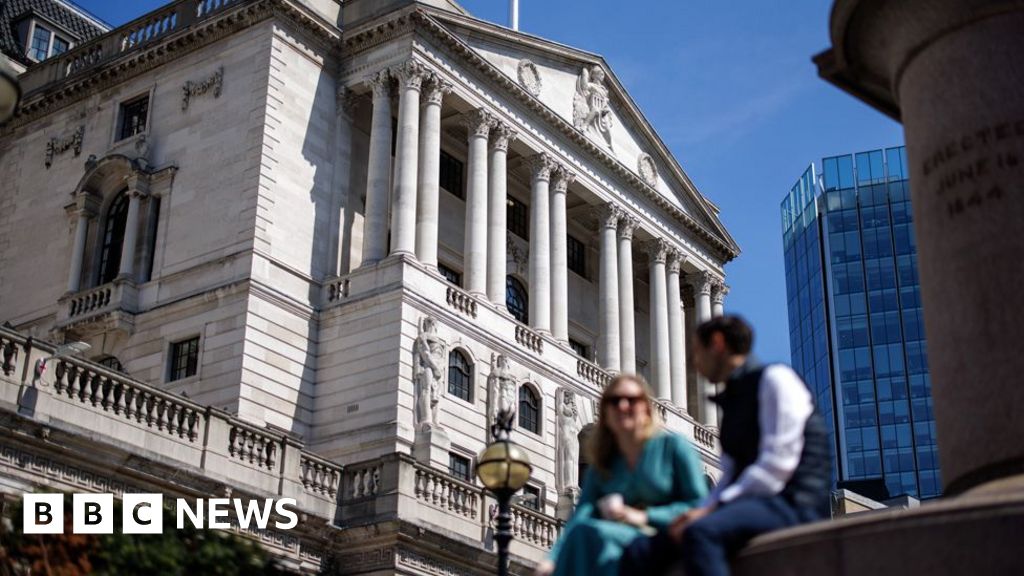A decision by the Bank of England to cut interest rates later is “on a knife-edge”, according to analysts.
Traders have bet on a 60% chance that the UK’s central bank will lower rates from 5.25% to 5%, but others believe another hold is on the cards.
Borrowing costs are currently at a 16-year high, putting pressure on household finances, although returns on savings are also greater.
In June, policymakers opened the door for an August rates cut, signalling that a majority of the decision makers could vote for one.
Andrew Bailey, the Bank of England’s governor, has previously said “we are on the way” to a first interest cut amid fierce speculation of whether it could be on Thursday or at the next rate decision meeting in September.
The base rate set by the Bank is closely followed as it dictates the rates set by High Street banks and money lenders.
Interest rates were hiked in a bid to combat the pace of price rises, known as inflation, which has hit households and businesses hard in recent years.
High rates have led to people paying more to borrow money for things such as mortgages and loans, but savers have also received better returns.
If the Bank decides to cut rates on Thursday, rates on mortgages and savings could shift.
More than half a million homeowners have a mortgage rate that “tracks” the Bank rate. A 0.25% cut could take their monthly repayments down by around £28 on average.
Anyone with a standard variable rate mortgage could see a £15 benefit.
Private rents are at a record high. In theory, lower mortgage costs for landlords could be passed down to tenants.
However, on the flip side, some savers are getting a fairly good deal which could become a bit less lucrative after the decision at midday.
Anyone with a loan or credit card debt could see their interest rates get a bit cheaper.
Susannah Streeter, head of money and markets at Hargreaves Lansdown, said Thursday’s rate decision was “on a knife edge”.
Although a few weeks ago markets were betting on a 50/50 chance of an August rate cut, they now think that probability is 60/40, she added.
“If they leave it too late, it could be a more difficult September,” she said.
She added expected rates cuts, when they come, to be “slow and steady” after being on hold for “a significant amount of time”.
Policymakers face a balancing act when setting rates.
By making borrowing more expensive, the Bank hopes to encourage people to cut back on spending which in turn leads to demand for goods falling and price rises easing.
But if they keep them too high for too long, they risk stifling economic growth as businesses hold off on investing in production and jobs.
Russ Mould, investment director at AJ Bell, said the Bank was in effect deciding the price of money in up to two years time – for people on two year mortgages – as well as the price more more immediate borrowing such as credit cards.
“My guess is when they do start to cut, they’ll cut much faster,” he said. “They don’t want to squeeze too hard to keep inflation in its box.”
He said economic indicators such as reduced job vacancies and a higher unemployment rate could prompt the Bank to cut rates.
On the other hand, policymakers will be looking at the pace of rises in the price of services, and “sticky” wage inflation, which could cause them to hold off on a cut, he added.







